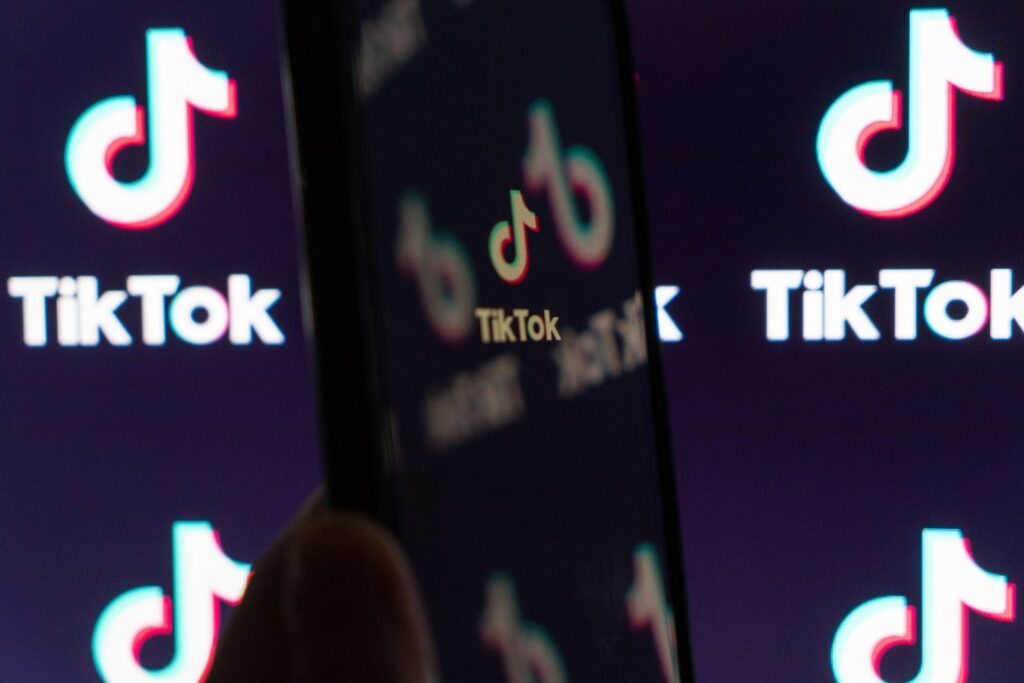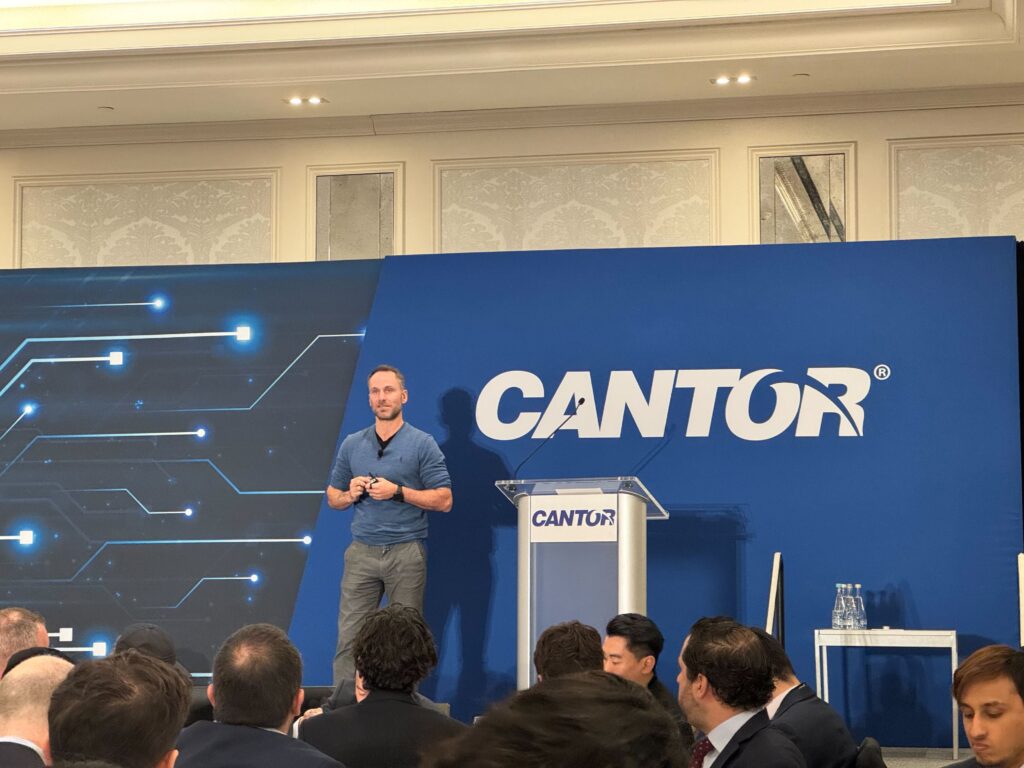Imagine a digital landscape where your online identity is authentically yours, where every post, relationship, and interaction exists beyond the constraints of corporate control. This isn’t just a dream—it’s the evolution social media desperately needs in a time when digital sovereignty is a crucial right.
For too long, we have unknowingly surrendered our digital independence for the ease offered by centralized platforms like Facebook, Twitter, and Instagram. While these platforms have shaped our online experiences, they often resemble gilded cages. Every piece of content we share, every connection we make, and every conversation we start is ultimately governed by corporations that can change the rules at any moment, impacting our digital presence with a single policy shift or algorithm update.
A Vision for TikTok’s Future
As TikTok navigates its ownership landscape, Project Liberty has joined forces with Alexis Ohanian, co-founder of Reddit and a trailblazer in online community engagement, alongside Kevin O’Leary, a well-known investor and entrepreneur from Shark Tank, to transition the platform to an on-chain model. But why is this shift significant?
This initiative goes beyond merely rethinking TikTok; it addresses who holds the reins of the digital environments where billions connect, create, and consume content. For too long, vibrant online communities have been shaped and regulated by a small number of corporations. Project Liberty is spearheading a movement to reclaim these spaces for the users who inhabit them, ensuring that social networks are designed to serve the people, not just their corporate owners.
The cornerstone of this transformation is Frequency, a public and permissionless blockchain crafted specifically for high-volume social networking. This technology emphasizes the importance of interoperability, data sovereignty, and resilience against centralized authority. Together, these efforts aim to transition social media from corporate ownership to a user-controlled framework.
Rethinking the Ownership of Social Media
TikTok’s cultural significance cannot be overstated, but as discussions about its ownership and data practices continue, a larger question looms: should a single entity—be it a government or a corporation—dictate the social interactions of an entire generation? The stakes are high; it’s not just about who owns TikTok, but whether a platform of its magnitude can function outside the confines of centralized control. For TikTok to be reimagined in a decentralized environment, it requires a foundation built on true interoperability, user-owned data, and transparent governance—this is where Frequency steps in.
Building a Decentralized Future with Bluesky
The future of TikTok serves as a catalyst for a broader reevaluation of social media. The urgency for decentralization is no longer a theoretical concept; it’s a pressing requirement. Bluesky, an open-source social media initiative, is one of the frontrunners in addressing this need.
Bluesky is more than just another social platform; it represents an endeavor to redefine how users interact with their digital identities. However, achieving true digital liberation requires more than good intentions—it demands a structural commitment to full decentralization. Bluesky offers a glimpse into a decentralized social web, yet it still grapples with vulnerabilities that could hinder its long-term goals.
Despite its potential, Bluesky relies on centralized storage nodes controlled by Bluesky PBC or third-party providers, creating potential points of control over user data. Moreover, the systems responsible for data distribution remain concentrated among a select few. While Bluesky has adopted the W3C standard for Decentralized Identifiers (DIDs), the centralized nature of the Public Ledger of Credentials (PLC) directory poses additional risks. These may appear as minor technical details now, but they can become mechanisms of power consolidation that erode user autonomy.
Frequency: The Foundation of a Decentralized Social Ecosystem
This is where Frequency becomes crucial—not just as a blockchain but as an innovative framework for digital identity and social media governance. Frequency does not simply tweak the existing model; it fundamentally rethinks our online interactions. Instead of centralized authorities controlling the rules, Frequency empowers users to take charge of their digital lives.
Decentralization is more than a technical upgrade; it’s about restoring essential rights. Users must have the ability to grant and revoke access to their data. The relationships they forge online—followers, connections, conversations—should belong to them, not to a platform that can manipulate or delete them at will.
Intentional Decentralization for Long-Term Sustainability
Frequency operates on the principle of minimal, purposeful decentralization, which is vital for the ecosystem’s long-term sustainability at scale. Only essential data required to uphold individual data rights is stored on-chain. This design allows for efficient optimization around core social interactions, primarily focusing on account activity, relational graphs, and communication essentials. This concentration on fundamental social functions facilitates tokenized incentives tailored to manage network capacity, while specific incentives for creators and consumers can be addressed at higher technological layers.
The vision for a user-owned internet must include robust protections for personal data. Frequency ensures that users enjoy cryptographic safeguards for their information, along with granular controls over data sharing. Users should also have the flexibility to impose platform-specific restrictions, ensuring that their content is visible only in the spaces they choose. Furthermore, they should retain the power to delete their content at will, as well as restrict its distribution to certain platforms.
This approach directly confronts the challenges that have historically hindered previous decentralization efforts. Frequency guarantees that no single entity, including its own node operators, can alter or censor user data. It provides a decentralized backup for Bluesky’s Firehose, ensuring that user-generated content remains accessible, independent of any single party’s control. Its architecture is designed not just for ideological integrity but for practical sustainability and scalability, offering minimal latency and cost-effective operations to make mass adoption feasible.
The Path to Digital Self-Sovereignty
The internet was designed to be open, interconnected, and free. But today, we stand at a pivotal moment: we can either continue to depend on corporate-dominated social media or take the necessary steps toward a more open, user-owned digital landscape.
While Bluesky represents progress, failing to address its centralization issues could render it just another walled garden—slightly more open but still lacking true user control. TikTok presents an even greater challenge. The ongoing debate about its ownership misses the critical issue: should any social media giant be owned in the traditional sense? Decentralization presents a new pathway, one where platforms prioritize user sovereignty over corporate dominance.
With Frequency, we move a step closer to realizing the original promise of the internet. True digital liberation demands that we break free from the data monopolies that have come to define the social media era. This is not merely a technological enhancement; it’s a vital shift in the balance of power.



